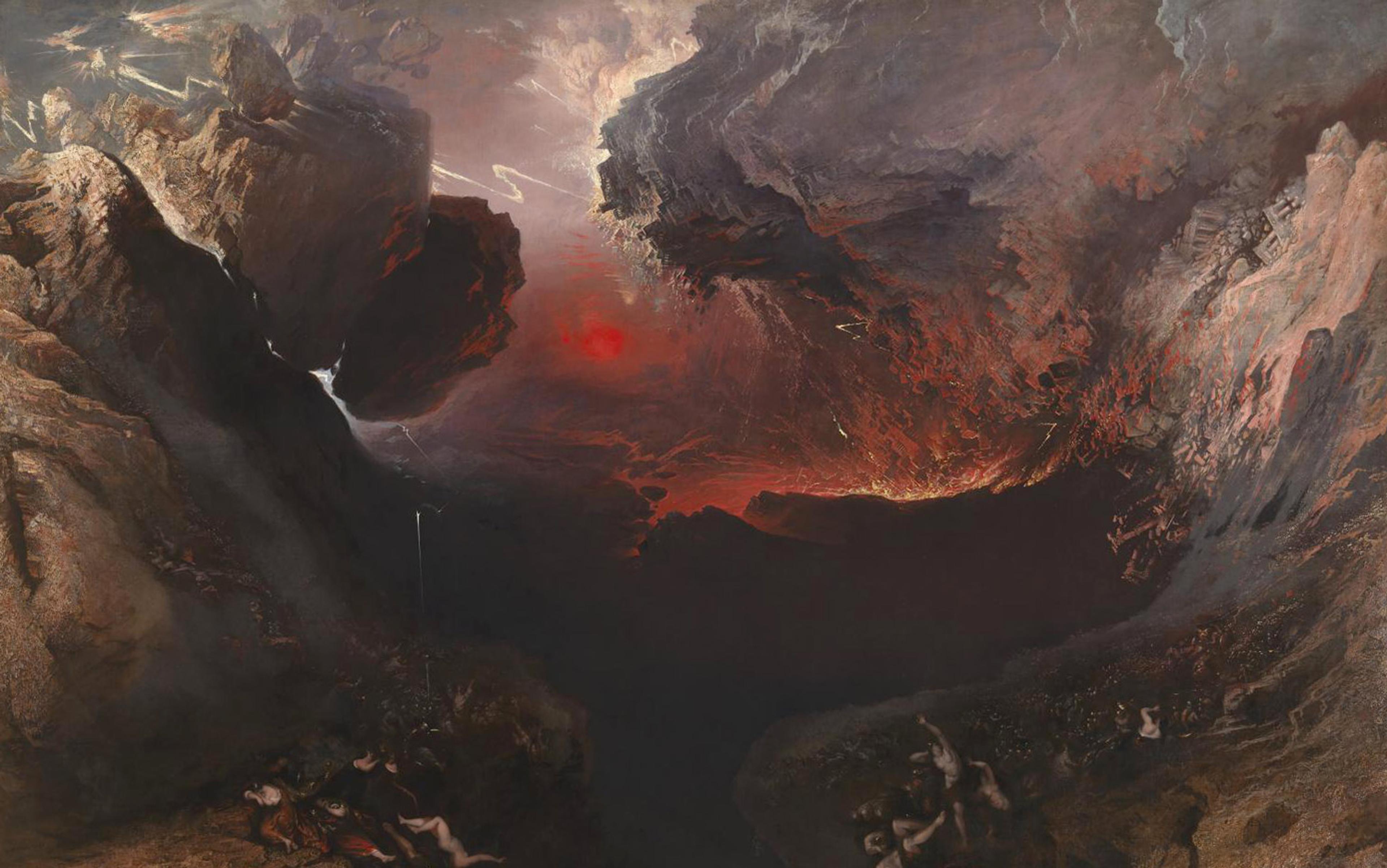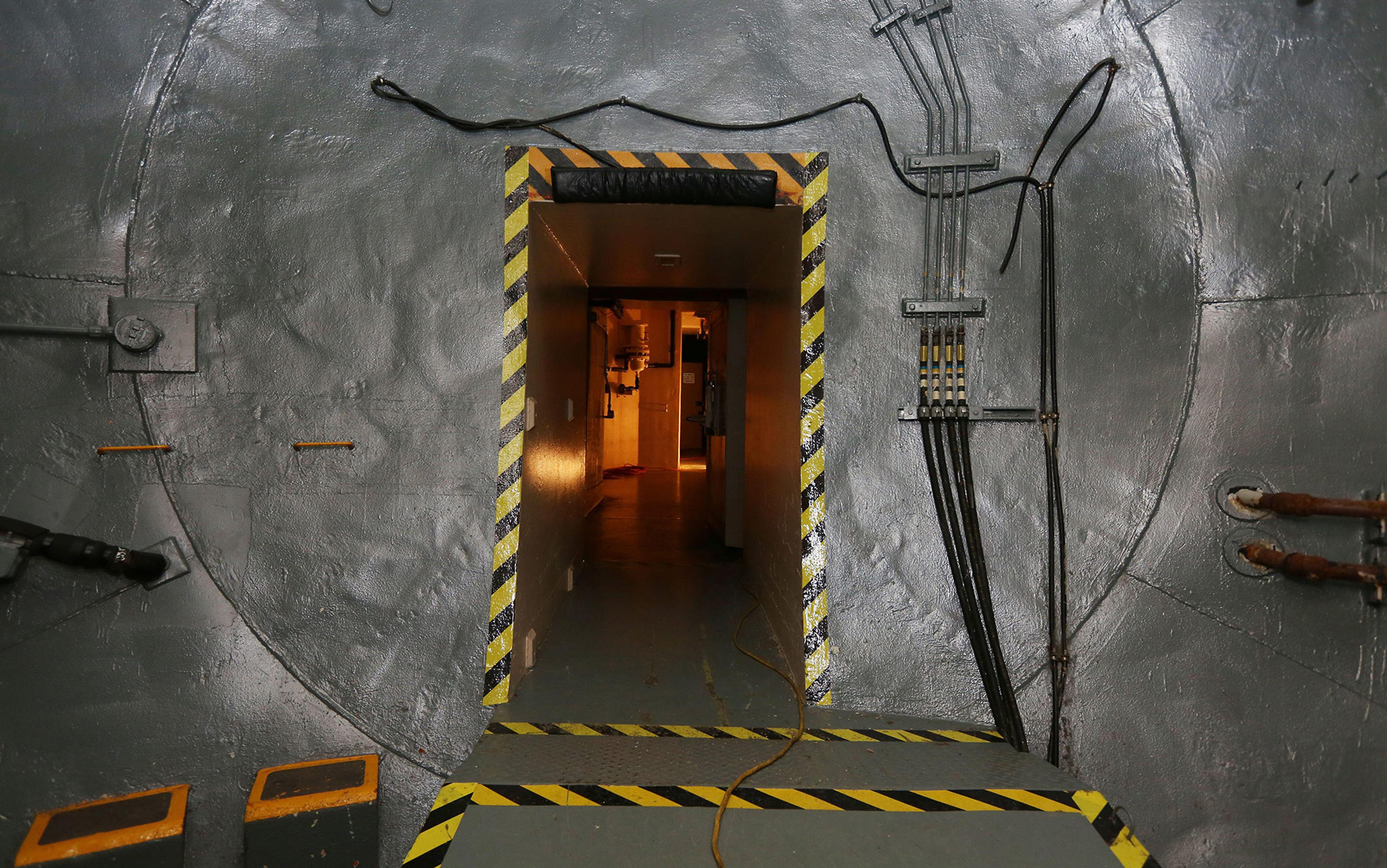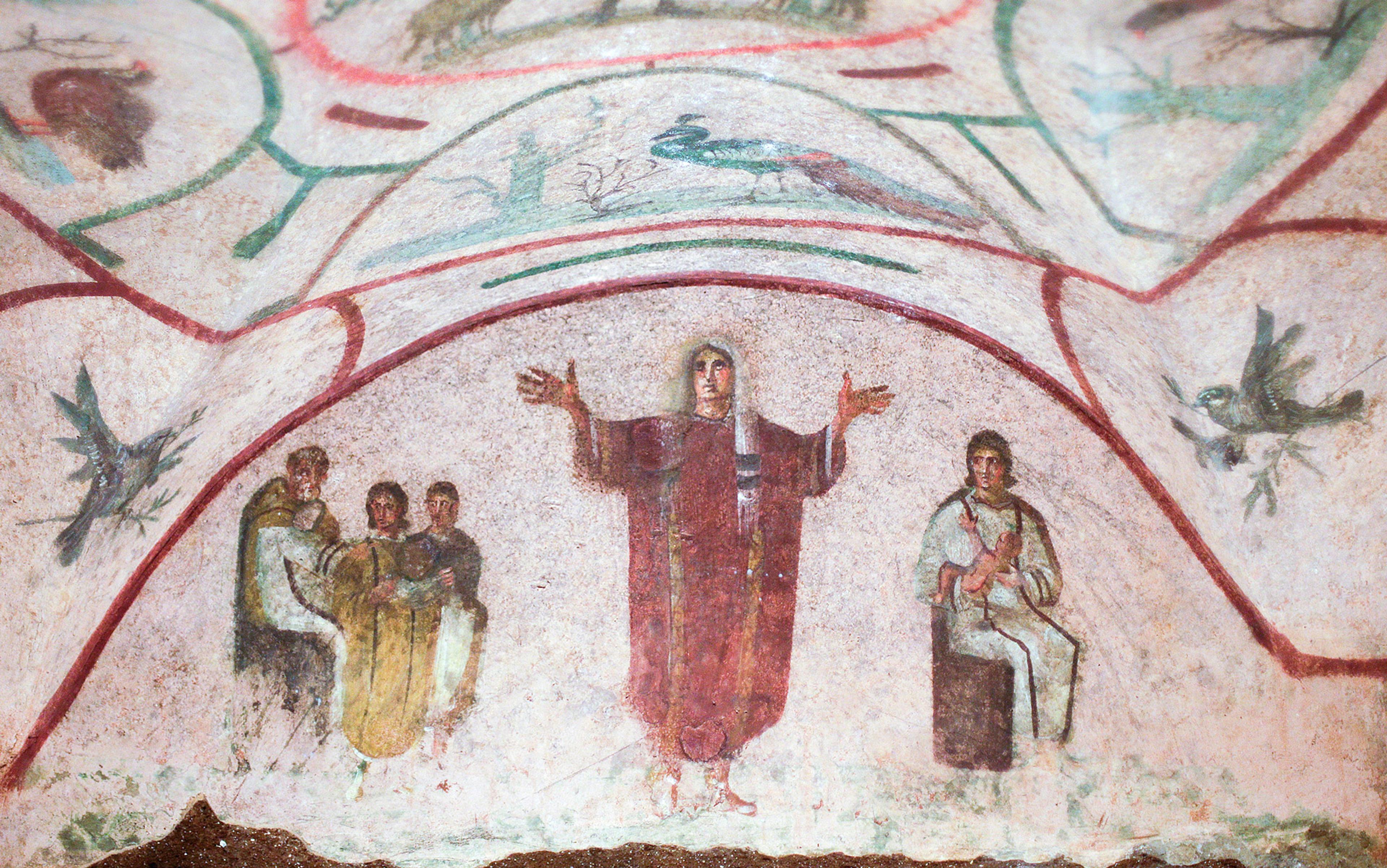What year is it? It’s 2019, obviously. An easy question. Last year was 2018. Next year will be 2020. We are confident that a century ago it was 1919, and in 1,000 years it will be 3019, if there is anyone left to name it. All of us are fluent with these years; we, and most of the world, use them without thinking. They are ubiquitous. As a child I used to line up my pennies by year of minting, and now I carefully note dates of publication in my scholarly articles.
Now, imagine inhabiting a world without such a numbered timeline for ordering current events, memories and future hopes. For from earliest recorded history right up to the years after Alexander the Great’s conquests in the late 4th century BCE, historical time – the public and annual marking of the passage of years – could be measured only in three ways: by unique events, by annual offices, or by royal lifecycles.
In ancient Mesopotamia, years could be designated by an outstanding event of the preceding 12 months: something could be said to happen, for instance, in the year when king Naram-Sin reached the sources of the Tigris and Euphrates river, or when king Enlil-bani made for the god Ninurta three very large copper statues. Alternatively, events could be dated by giving the name of the holder of an annual office of state: something happened in the year when two named Romans were consuls, or when an elite Athenian was chief magistrate, and so on. Finally, and most commonly in the kingdoms of antiquity, events could be dated by counting the throne year of the monarch: the fifth year of Alexander the Great, the 40th year of king Nebuchadnezzar II, and so on.
Each of these systems was geographically localised. There was no transcendent or translocal system for locating oneself in the flow of history. How could one synchronise events at geographical distance, or between states? Take the example of the Peloponnesian War, fought between Athens and Sparta in the last third of the 5th century BCE. This is how the great Athenian historian Thucydides attempted to date its outbreak:
The ‘Thirty Years’ Peace’, which was entered into after the conquest of Euboea, lasted 14 years; in the 15th year, in the 48th year of the priesthood of Chrysis at Argos, and when Aenesias was magistrate at Sparta, and there still being two months left of the magistracy of Pythodorus at Athens, six months after the battle of Potidaea, and at the beginning of spring, a Theban force a little over 300 strong … at about the first watch of the night made an armed entry into Plataea, a Boeotian town in alliance with Athens.
Where we would write, simply, ‘431 BCE’, Thucydides was obliged to synchronise the first shot of war to non-overlapping diplomatic, religious, civic, military, seasonal and hourly data points. The dates are intimately tied to central state institutions, dependent on bureaucratic list-making, applicable only within a self-limiting geography, and highly sensitive to political change. Indeed, they are not really dates at all, so much as synchronisms between multiple events, coordinating a network of better and lesser-known occurrences: what is being dated, and what dates it, belong to the same order of things. Imagine giving the date of the invasion of Iraq, your grandma’s birth or American independence in such a manner; and then try to explain this to someone from another country.
In the chaos that followed the death of Alexander the Great in Babylon in 323 BCE, all this changed. One of Alexander’s Macedonian generals, who would go on to win an enormous kingdom stretching from Bulgaria to Afghanistan, introduced a new system for reckoning the passage of time. It is known, after him, as the Seleucid Era. This was the world’s first continuous and irreversible tally of counted years. It is the unheralded ancestor of every subsequent era system, including the Christian Anno Domini system, our own Common Era, the Jewish Era of Creation, the Islamic Hijrah, the French Revolutionary Era, and so on.
The Seleucid Era began from Year 1 (set at Seleucus I Nicator’s arrival in Babylon in spring 311 BCE) and continued counting, getting bigger each year: n+1. At the death of Seleucus I, his son Antiochus I did not restart the clock, and nor did any of his successors. For the first time in history, historical time was marked by a number that never restarted, reversed or stopped. It is still going. This was time as we know it – 2019, 2020, 2021, and so on – a transcendent, universal, absolute, freestanding, regularly increasing number. It was unconnected to political events, the life-cycle of rulers or conquest. It was not dependent on an imperial bureaucracy or a scribal elite. It could be used at distance to correlate events.
Most importantly, as a regularly increasing number, the Seleucid Era permitted an entirely new kind of predictability. It had been impossible for a subject of, say, the elderly Nebuchadnezzar II, in the 40th year of his reign (he reigned for 43 years), to confidently and accurately conceive, name and hold in the imagination a date several years, decades or centuries into the future. Now, because of the Seleucid Era, this was easy, unproblematic and uniform for every subject of the Seleucid kings. One of the Norwegian author Karl Ove Knausgård’s recent novels has an image that captures the force of this change:
It was as if a wall had been removed in the room they inhabited. The world no longer enveloped them completely. There was suddenly an opening … Their glance no longer met any resistance, but swept on and on through more of the same.
All this would be an interesting aspect of intellectual history, without greater social significance, were it not for two additional factors. First, the Seleucid Era was only and exclusively materialised as number. In whatever script the Seleucid Era number was recorded – and, given the vast expanse of the Seleucid empire, we have it attested in the Greek, Akkadian, Phoenician and Aramaic counting systems – the year’s numerical value was universally stable. That’s to say, within the extraordinary diversity of the extended imperial territories, the Seleucid Era, as a regular and homogeneous counting system, achieved a regulating and homogenising force.
Second, these Seleucid Era year numbers were marked onto an unprecedented range of public, private and mobile platforms. Era dates were affixed to market weights, jar handles, coinage, building constructions, temple offerings, seal rings, royal letters, civic decrees, tombstones, tax receipts, priest lists, boundary markers, astronomical reports, personal horoscopes, marriage contracts – and much, much more. In our own world, filled with ubiquitous date marks, it is easy to underestimate the sheer novelty, and so historical significance, of this mass year-marking. But, in the ancient world, this was without precedent or parallel. In no other state in the ancient Mediterranean or west Asia did rulers and subjects inhabit spaces that were so comprehensively and consistently dated.
Why does all this matter? While chronology and dating might at first seem not the most exciting of things, they are the stuff that history is made on, for dates do two things: they allow things to happen only once, and they insist on the ordering and interrelation of all happenings. Every event must be chained to its place in time before it becomes an available object of historical articulation. And the modes by which we date the world, by which we apprehend historical duration and the passage of time, frame how we experience our present, conceive a future, remember the past, reconcile with impermanence, and make sense of a world far wider, older and more enduring than any of us.
Empires make claims to time and space. And then their subject populations push back
The Seleucid Era, this new and ubiquitous dating system that was driving forward into a future it had opened, proposed fundamentally new possibilities and problems of politics, history and religion. While we ourselves are now at home in such a system, to the ancient world, used to its temporal enclosure, it was explosive. It was a situation that put enormous pressure on long-held notions of the future and the past and, I would suggest, one that generated new sites of contest between the Seleucid empire and its subject peoples.
Empires make claims to time and space. And then their subject populations push back. From the 2nd century BCE down to its ultimate demise in 64 BCE, the Seleucid empire faced increasingly violent and assertive opposition from its subordinated communities in its heartland territories of the Levant, Babylonia and western Iran. The most famous of these resistance movements was the Maccabean Revolt, when the Jews of Judea marched against the Seleucid armies of king Antiochus IV and his successors, liberating the Jerusalem Temple and eventually carving out an independent political space – the Hasmonean kingdom – in the territory of modern Israel. These are the events still commemorated in the festival of Hanukkah. Such resistance to the Seleucids not only targeted their physical infrastructure, fiscal demands, colonial settlements and this-worldly assertions of political dominance; it also targeted the temporal order they had established.
It is of the highest significance that our earliest historical apocalypses emerged within the Seleucid empire, within this world newly filled with inexorably increasing date numbers. These historical apocalypses are textual compositions that run through a full and extended account of world history, from the deep reaches of the past, through a succession of kingdoms or historical periods, into the Seleucid empire, and then to the predicted end of time itself. These works of end-time prediction do not appear before the Seleucid empire, such as in the Babylonian or Persian kingdoms or in classical Greek city-states. They do not appear outside the Seleucid empire, such as in the other Hellenistic kingdoms or at Rome. It is a phenomenon restricted to the Seleucid empire’s subject populations.
The theological and political roots of ‘apocalyptic eschatology’, as this end-times literature is known, are complex and multiple. An entire subfield of Second Temple and early Christian scholarship is devoted to this problem of emergence. But the Seleucid Era has played no role in existing research within either classical ancient history or biblical studies. I suggest that the ubiquitous visibility and bureaucratic institutionalisation of an irreversible, interminable and transcendent time system provoked, as a kind of reaction-formation, fantasies of finitude among those who wished to resist the Seleucid empire. The only way to arrest the open-futurity and endlessness of Seleucid imperial time was to bring time itself to a close.
The most famous of these early apocalyptic works, and the only one canonised as scripture, is the Book of Daniel in the Hebrew Bible. This is the easiest biblical book to date, for it delivers, in the voice of the ancient seer Daniel, an account of world history that is basically accurate up to 165 BCE and wildly inaccurate after 165 BCE. In 165 BCE, the Jews of Judea, under the leadership of Judas Maccabee, were seeking to throw off the yoke of the Seleucid empire, so it was composed at a time of military conflict.
The Book of Daniel contains a number of very famous episodes, including Daniel in the lion’s den, the writing on the wall at Belshazzar’s feast, and the arrival of ‘one like the son of man’ to punish four monstrous beasts emerging out of the chaos waters. Here, let us look a little at the multi-metallic statue in Chapter 2 of the Book of Daniel, likely the earliest apocalyptic passage in Judaism.
The narrative runs as follows. King Nebuchadnezzar II, the greatest of Babylonian kings from four centuries before the book’s composition, is troubled in his sleep by a terrifying dream. So, when he wakes up, he summons his full department of eastern mantic experts – Egyptian magicians, Akkadian astrologers, Babylonian sorcerers and Chaldeans. The king demands that this faculty of scholars not only interpret his dream, but first tell him its contents. When the wise men of Babylon protest at the unfeasibility of such a challenge, Nebuchadnezzar condemns them all to death.
On the eve of the mass execution of scholars, the content of the dream and its meaning is revealed to Daniel, a Judean exile living in the Babylonian court. And so the next day Daniel interrupts the punishment and speaks before the king:
You, O king, were watching, and – behold! – a single great statue; this statue, mighty and exceedingly dazzling, stood before you, and its appearance was dreadful. The head of this statue was of pure gold, its breasts and arms of silver, its belly and thighs of bronze. Its legs were of iron, its feet partly of iron and partly of clay. You were watching until a stone was cut out, not by (human) hands, and it struck the statue on its feet of iron and clay and broke them into pieces. Then the iron, the clay, the bronze, the silver and the gold were crushed all as one, and became like the chaff on the summer threshing-floors; and the wind carried them away, and not a trace of them was found; and the stone, which struck the statue, became a great mountain, and it filled the whole Earth.
Daniel then interprets it as follows. Nebuchadnezzar, and his Babylonian empire, are the head of gold. The Babylonian kingdom will fall to another empire, the Medes of the Zagros mountains, represented by the silver chest and arms. Then a third kingdom, represented by bronze, will rule over all the Earth: this is the Persian empire founded by Cyrus the Great. Finally, there will be a fourth kingdom, ‘strong as iron’. As Daniel explains, just as iron shatters everything, so this kingdom ‘will break and crush all these’ former states. This is the kingdom of Alexander the Great, and his Seleucid successors. Yet it is divided upon itself, and toppling on clay feet.
History appears here, perhaps for the first time, as a closed totality: ordered, whole, complete, head to toe
Daniel concludes his exposition by elucidating the function and identity of the stone that destroys the statue and grows into a mountain: ‘In the days of those kings (the Seleucids) the God of heaven will set up a kingdom that will never be destroyed, nor will it be left to another people … but it will itself endure forever.’ Unlike the other empires, which get conquered and replaced by Earthly powers, the end of the Seleucid empire brings about the end of history itself.
This vision – and there are several others like it in the book – orders history into a set of four successive empires: Babylonia, Media, Persia and the Seleucids. Earthly empire as a whole gets symbolised as a grand statue made of processed materials – metals and burnt clay. It is transitory, destructible, unstable and idol-like. Then that history gets destroyed and replaced by the heavenly, eternal kingdom – a natural stone, unchanging and unworked by human hands.
History appears here, perhaps for the first time, as a closed totality: ordered, whole, complete, head to toe. The vision projects a viewing gaze, for both Nebuchadnezzar and us, that is exterior and out-of-time. It opens a representation of providential time, of history as revelation. In a world coordinated to the Seleucid timeline and pervaded with assertions of monarchic agency, this apocalyptic vision reveals the ultimate and underlying sovereignty of God. The theological lesson of the episode is given programmatic, theological formulation in Daniel’s thanksgiving prayer, which he delivered after the mystery of Nebuchadnezzar’s dream was revealed to him:
Let the name of God be blessed from eternity and for eternity,
For the wisdom and the power are His.
He is the one who changes the times and the seasons,
Who removes kings and establishes kings.
As a genre, the historical apocalypses that emerged in Seleucid Judea, Babylonia and Iran staged a battle between king and God over the control of time and the architecture of history, exposing the claims of empire as illusory, and relocating the fate of nations to heaven.
For the Seleucid empire, as we have seen, time was transcendent and disinterested. The future was monotonised and disenchanted. Temporal texture was depersonalised. There was no possibility of restart. Worst of all, there was an endlessness that, by implication, would overwhelm eternity. Seleucid time was a mere passing, and so a loss. Tick, tick, tick, tick…
The historical apocalypses, by contrast, presented an image of time in which everything, including the future, was already determined. Where all that happened to you, happened for you. History was shaped, directed and reaching toward a conclusion. All events, however dislocated, were part of a single story, a total history. Above all, these historical apocalypses called forth the end of days – in this example, the stone that destroys Earthly empire. Not only did this fantasise the destruction of the Seleucid empire; it also brought the new experience of time to a close.
The end-times achieved a kind of temporal integration, like the backing a mirror needs if we are to see anything. They converted the experience of one-thing-after-another into a narrative plot. No longer was time passing away, empty and irredeemable, tick-tick-tick; it now had meaning and an ending, tick-tock.






